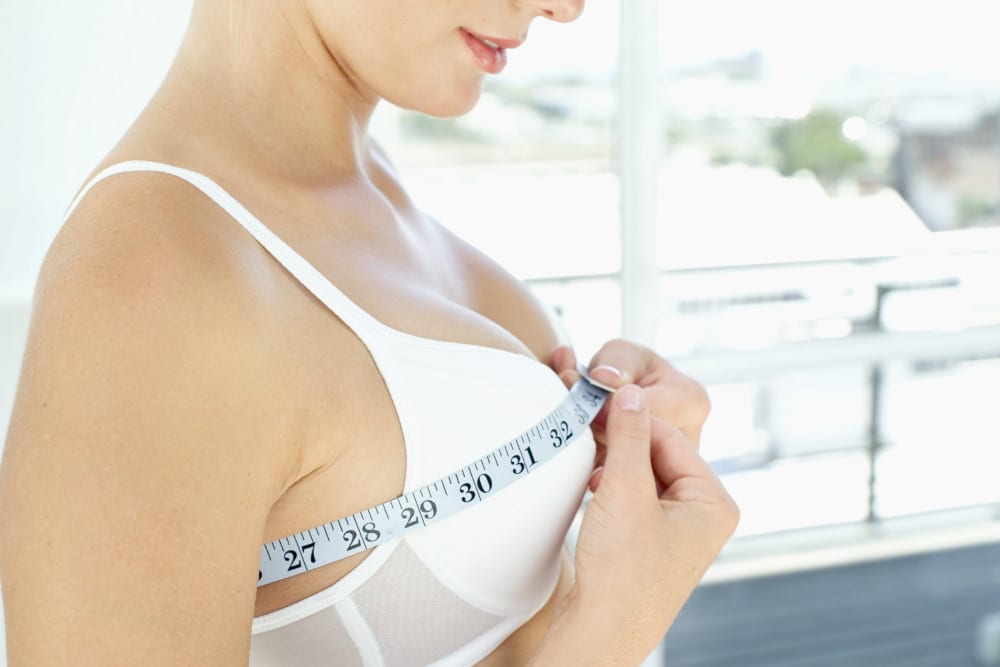
Although submuscular placement is the more popular choice for breast implants these days among plastic surgeons and patients alike, some women may have concerns that their preferred implant size may appear smaller if placed under the muscle.
Here’s a closer look at the benefits of submuscular placement, along with a few tips that may help you feel more confident about achieving breast augmentation results that match your expectations.
What Happens after Placement
The chest muscles are fairly dense, so it makes sense to think that placing breast implants behind that muscular wall could cause a more flattened appearance compared to implants sitting on top of the muscle. In reality, the tissues surrounding the implant — which are initially quite tight — gradually relax as healing progresses, and pressure on the implants eases up. This process, which occurs over the first few months after surgery, is referred to as “dropping and fluffing.”
That being said, the implants are still covered by muscle as well as breast tissue, so plastic surgeons may compensate for the potential of this compression by slightly adjusting the implant volume a bit higher. This amount is rarely a significant increase, perhaps around 30 to 50 ccs, depending on factors like your frame, your appearance goals and whether saline or silicone breast implants are being used.
Submuscular Benefits
When implants are placed under the muscle, the likelihood of the implant being visible or palpable can be greatly decreased, plus the muscles offer better long-term support for the implants themselves compared to subglandular placement. In short, all of these factors (along with many others) are taken into account by any plastic surgeon who specializes in breast augmentation.
Related Posts
- Our 5 Top Plastic Surgery Procedures
- Top Breast Enhancement Options
- Top 3 Questions for a Breast Enlargement Consultation






